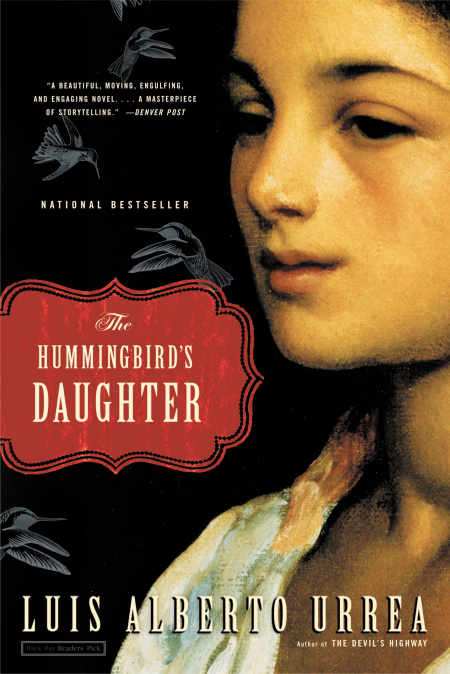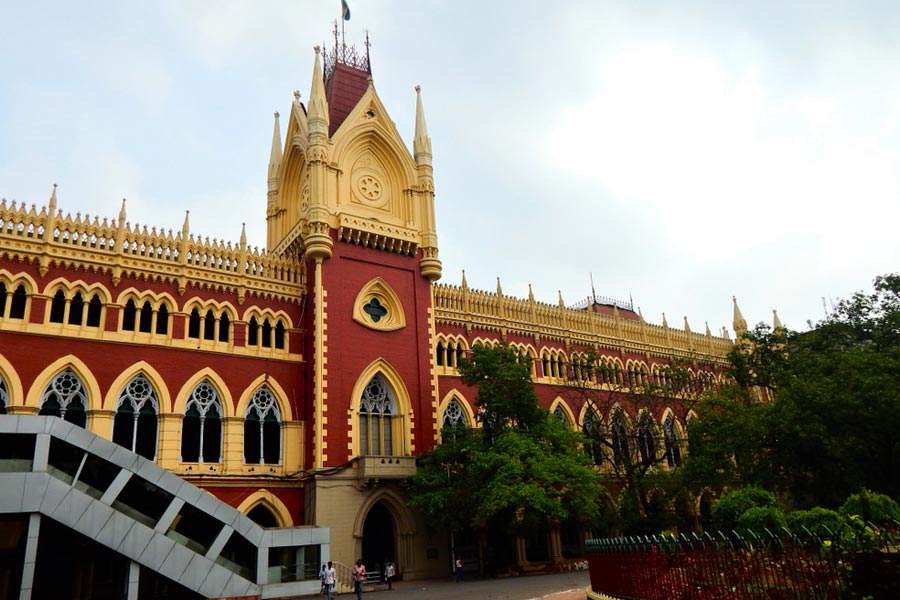Book: The Hummingbird’s Daughter
Author: Luis Alberto Urrea
Publisher: Little, Brown
Price: $16.99
It took me longer to read this one than I had expected. However, I mean it in the best possible sense. Luis Alberto Urrea makes you surrender gently to the undulating rhythms of The Hummingbird’s Daughter, his second novel, which traces the troubled ascension of Teresa Urrea (Teresita), saint and revolutionary insurgent, against the backdrop of Porfirio Díaz’s dictatorial presidency in Mexico. It is written in a beautifully absent-minded English with the occasional Spanish phrase slipped in — sometimes without explanation — as if the author wants us to feel like we are reading it in translation. If you are beginning to suspect a familial connection between the author and his subject, you are right. Teresita was a distant relative of Luis Alberto, who had grown up only half-believing the fables he heard about the ‘Saint of Cabora’.
Urrea’s search for this mysterious figure — extensively written about even during her own lifetime — led him to sources across the United States of America, Mexico, even France, and to diverse systems of knowledge over twenty years. Family history, revolutionary history, “Yaqui and Mayo cultural history” as well as the oral traditions of “shamans, midwives and curanderas” are read against one another by the author in an attempt to understand Teresita, but the novel’s success ultimately hinges on the reader’s faith. Faith in popular religion (even if impersonally) and in revolution.
The novel opens mid-October in a “vast ranch in the Mexican state of Sinaloa”, where the ‘People’ are gearing up for the Day of the Dead, setting aside food for the restless, famished spirits of their ancestors. Fourteen-year-old Cayetana Chávez, affectionately called Semalú (the Hummingbird), is ready to give birth to her daughter, illegitimately fathered by the ranch-owner, Don Tomás. At this point, we are introduced to the irreverent and wise Huila, an elderly curandera with the uncanny gift of easing the pain of childbirth — and one of my favourite characters in the novel. It is around her that Teresita entwines herself at an early age, learning more by chance than design the secret powers residing in plants. They pick up reading and writing too.

The Hummingbird’s Daughter by Luis Alberto Urrea, Little, Brown, $16.99 Amazon
As the government’s new policy towards land occupation and redistribution comes into force, whispers of revolution travel down the eastern coast of Mexico. Modernity, understood in the industrial, urban sense, unfolds at a distance and allegiances among indigenous groups shift in anticipation of the impending storm. Then one fine day, Teresita has an unexpected experience after which life on her father’s ranch no longer remains the same. She dies a tragic death only to return shortly thereafter, in the middle of her wake, claiming to have befriended god. The event itself is foreshadowed when Teresita meets god’s messenger in a dream (in the shape of a hummingbird, not the Biblical dove), but through this encounter, she miraculously gains the power to heal people by her touch. The crowds that gather to meet the Saint swell in numbers rapidly, and Teresita’s articulation of her beliefs about how people should defend their right over their land begins to sound alarm bells at centres of political power, until finally the long-foreseen order to execute her is passed. (No spoilers, but let me mention here that the novel does have a sequel.)
Although Urrea’s cast of characters includes several prominent faces from pre-revolutionary Mexico, he navigates his twin commitment to history and fiction masterfully. Even if you do not keep Googling the names while reading the novel (as I found myself doing), they function as perfectly believable portraits of human beings. Lauro Aguirre, for instance, who contributes to the ranch early on by designing “a network of vents to carry odors from the house’s revolutionary indoor toilet”, fulfils his real-world destiny in the latter sections as the editor of the newspaper, El Independiente. Another late entrant, Cruz Chávez, a leader of the Tomóchic people, comes to life in a delightful encounter with Teresita, whose claims of miracle-work he hopes to put to the test.
It is not surprising that the novel has been described as ‘magic realist’. While there are passages that reminded me of One Hundred Years of Solitude, one fundamental difference, I feel, is that The Hummingbird’s Daughter has popular religion at the very core of its narrative logic (and that it is based on a historical figure). It enacts a return to religion, illustrating what the cultural theorist, Stuart Hall, had said regarding “the extraordinary cultural and ideological vitality which religion has given to certain popular social movements.” I agree with Stacey D’Erasmo, who describes the novel as a “leftist hagiography” (life of a saint). I would, however, qualify it by suggesting that this is a natural marriage since the affective structure of faith in political figures and saints often appears very close to one another.











